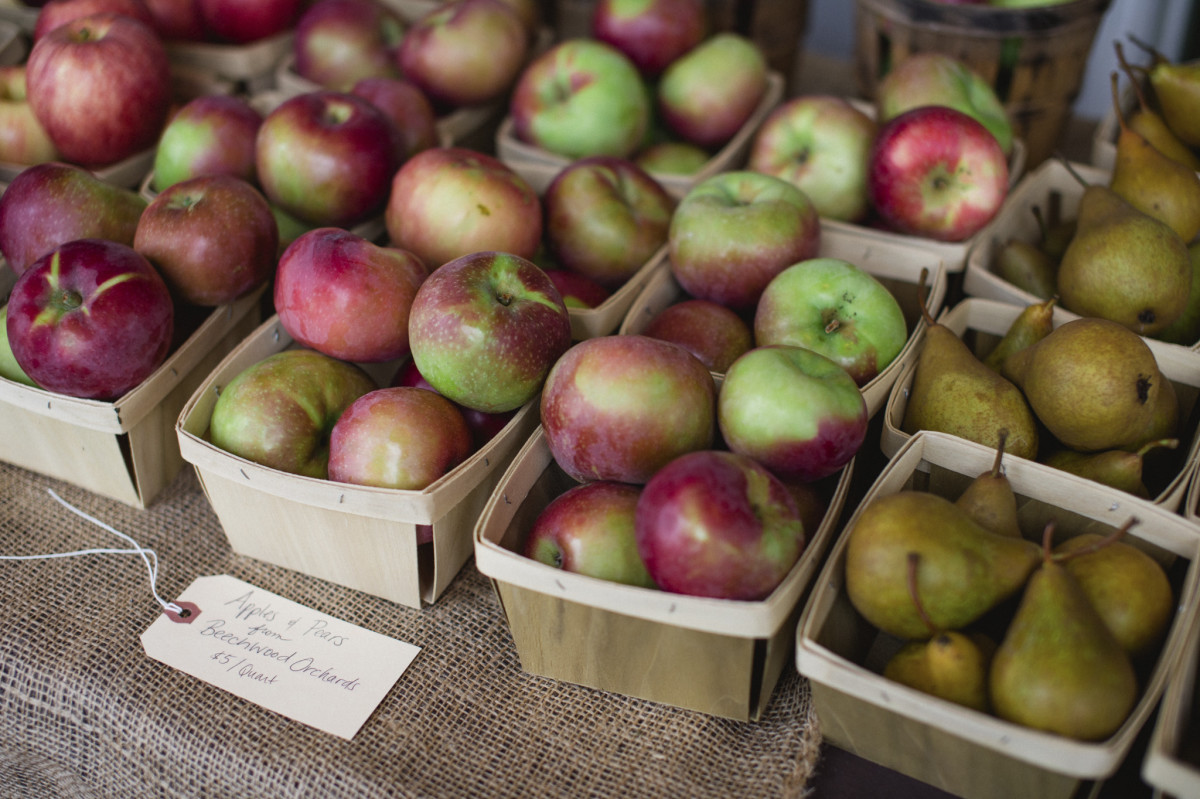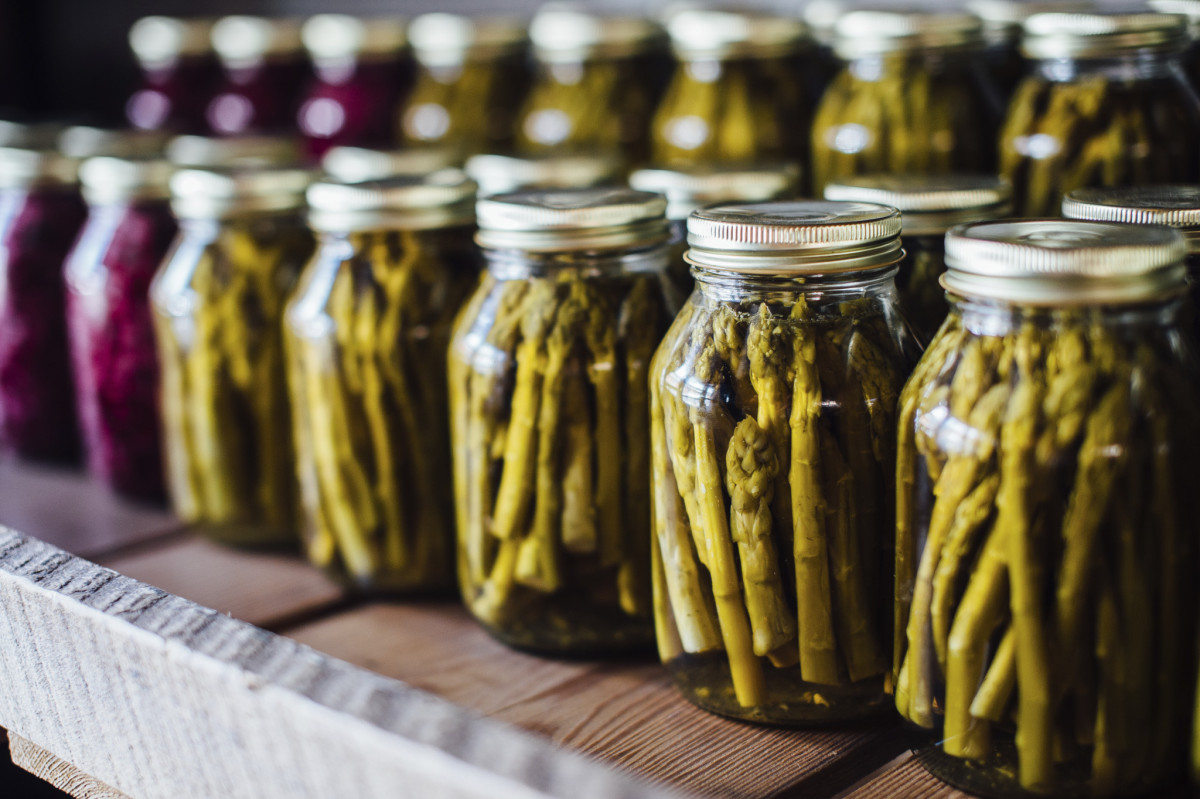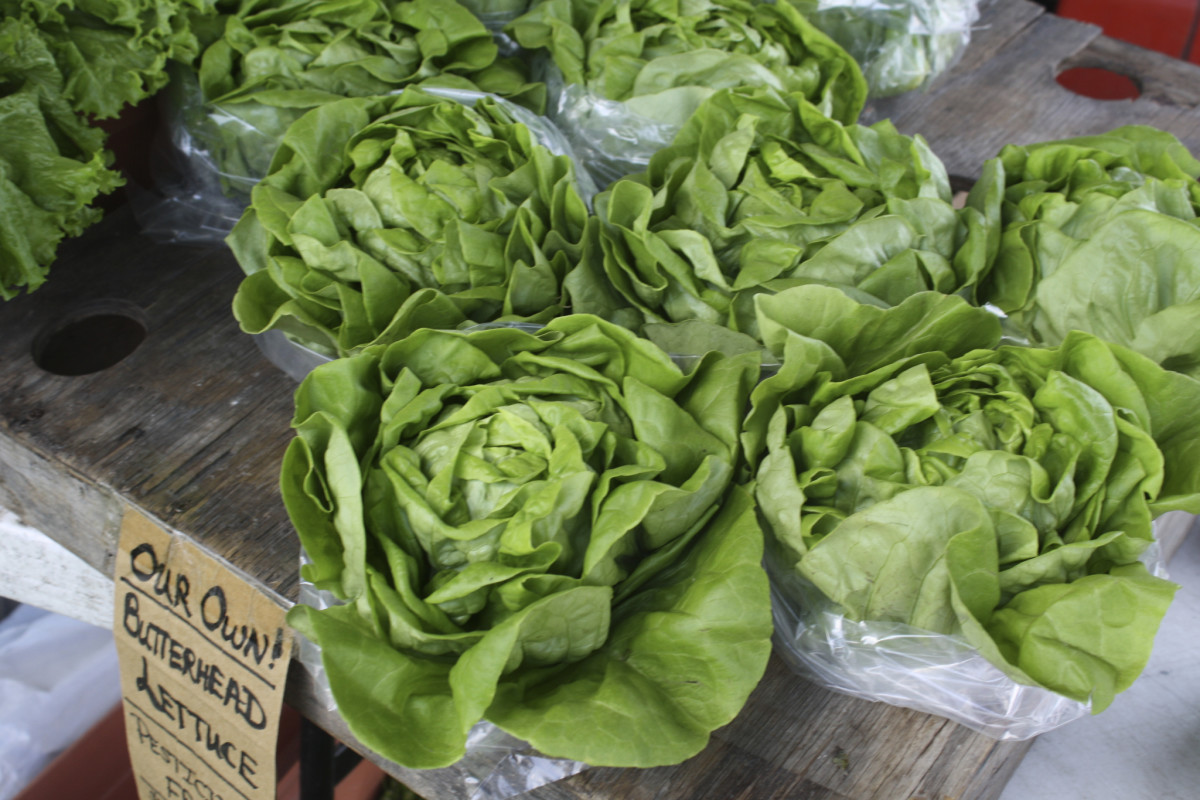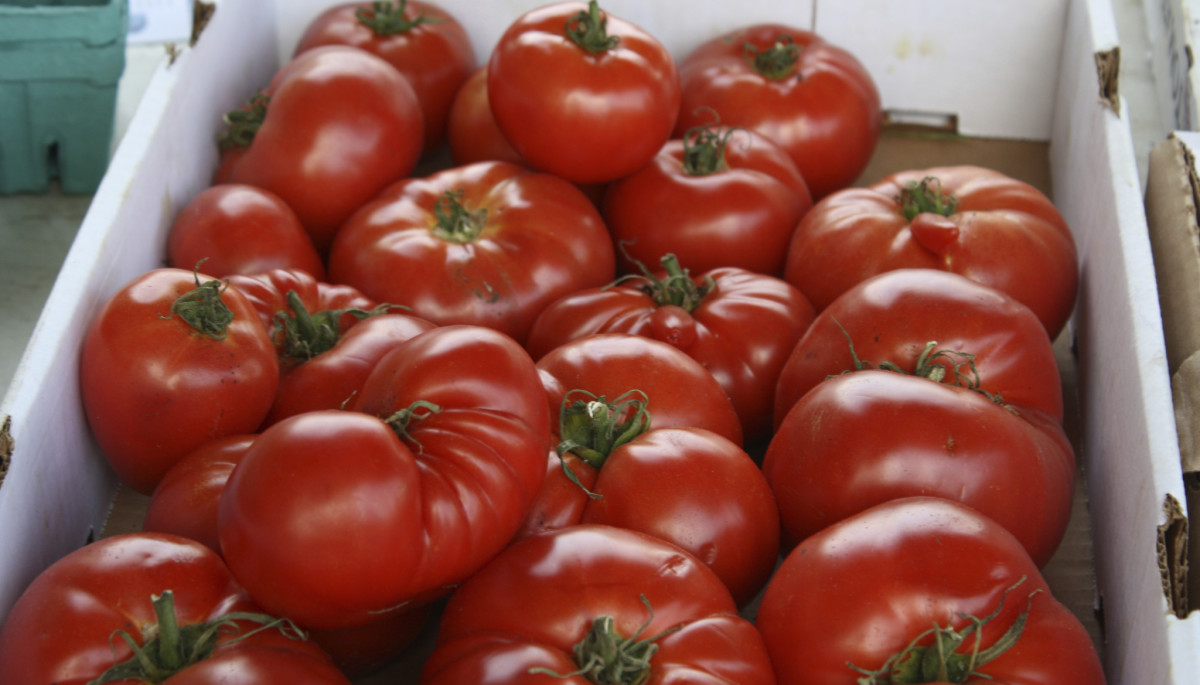Eat local. The phrase adorns bumper stickers and rings in the air as the unspoken mantra of CSAs. Being close to the food we eat has become increasingly important. As consumers of food, we now care about where our food comes from and who grows it. There is a new awareness of lowering our collective carbon footprint, a focus on healthier lifestyles and an exploration of eating seasonally. Restaurants are even embracing the locavore movement, with farm-to-table being among the top three menu trends in 2015.
This focus on local food is evidenced by the rise in American farmers’ markets. From 2006–2014, there was a 180% increase in the number of farmers’ markets in the country. Farmers’ markets are popping up everywhere, with farmers and local artisans taking center stage.

So how does a market stand out among the rest? By sowing the seeds of community through a blog! Your farm market has more to say than you realize, and your customers want to hear from you. We’ve got a few ideas about how a blog can produce a bountiful harvest of business for your market:
1. Plant a Seed, Sow a Harvest.
Real-life goal: Get more people to your farm market.
Internet goal: Get more people to your website.
The best part of Saturday mornings for many people is meandering the local farmers’ market. Customers can explore new vendors, sample fresh produce and engage with other people in their community. It’s during these farm market moments—meeting and talking with the very people that grow the food you’re buying—that a visitor is captured and becomes a customer.

By writing and sharing engaging content on a blog, your farm market has the opportunity to extend the same experience and capture customers online. Some visits to a farmers’ market may begin with an online search; Search Engine Watch claims that 50% of all mobile searches are conducted in the hope of finding local results. Don’t lose the chance to be found on the web!
Coupled with the world of social media, your farm market blog content can be shared far and wide. This opens the door to draw people to your website, which may convert an online visitor to a Saturday morning shopper.
2. Increase Traffic, Increase Sales.
The more crowded the market, the bigger the sales.
Managing a farmers’ market is no easy task. It’s hard to juggle the many facets of organization and promotion, so it’s hard to fathom adding another task to the pile. Fortunately, blogging doesn’t have to be time-consuming. Adding content to your blog once a week helps increase SEO, which leads to a growth in traffic. Just like fresh produce draws farm market customers, sharing fresh content draws online readers. The emphasis here is on fresh. If your most recent blog is from two years ago, it will reflect badly on your market.
Logically, if you can get 50% more people to visit your weekly farmers’ market, you should naturally see an increase in sales as a result. The same idea applies to your website. The more people that visit your website, the greater chance you have of converting those people into regular visitors and then seeing an increase in subscribers and sales.

3. Engage with Visitors, Earn Trust.
Invite them to the farm. Virtually.
There is something special about visiting a farm. By walking among the fields, meeting the animals and picking fruit right from the tree, you bridge the gap between producer and consumer. With the locavore movement becoming more popular, it’s important for consumers to literally walk the farm grounds, meet the farmer and see the produce grow. By doing so, we build trust in the hand that feeds us.
The same is true of your blog. A blog allows consumers to visit your farm market before actually setting foot among the vendors. By reading posts, looking at images and watching videos, guests can gauge your authenticity and decide if a trip to the market is worthwhile. 81% of U.S. online consumers trust information and advice from blogs. (Source: BlogHer)
4. Build a Sense of Community.
Create the Saturday farm market community vibe online.
Community is the essence of every farmers’ market. Farms exist for the sustenance of the communities in which they reside. Customers look to farm markets and their vendors for news, education, tips, stories and more.

Blogging allows a farm market to extend the Saturday morning market atmosphere online every day, all year long. Share content that engages your community. What are customers asking? What do they want to know? Use the blog to educate your fans about what’s in season, provide them with recipes using farm fresh produce and keep them abreast of upcoming farm market events. Talk about what’s happening in the world of your market and ask for comments. Your online community will rally around you and come back for more.
5. Grow and Sustain an Audience
They like you, they really like you!
You grow fresh, delicious produce all year ‘round. To sustain a farm and a farm market, it’s important to invest in growing a fresh audience and also to sustain your connection with them. If you can attract online visitors and earn their trust with engaging and informational content, you can then connect with them directly so they’ll keep coming back for more.
A great way to stay in touch is to ask readers to follow you on social media. On social media platforms, you are provided another opportunity to grow your community, engage your audience and share your farm fresh blog content.
Don’t forget to ask market-goers to sign up for your newsletter—it’s one of the best ways to contact customers and keep the conversation going!
For more tips on content strategy for your farm market, join our newsletter. You can also explore recommendations for content on our blog. Just getting started? Content 101 is a great guide.
Dish Works’ team of professional food or drink brand bloggers is available to answer any content questions. Need help supplementing content? Just ask!
Top two photos credited to Alexandra Whitney Photography.